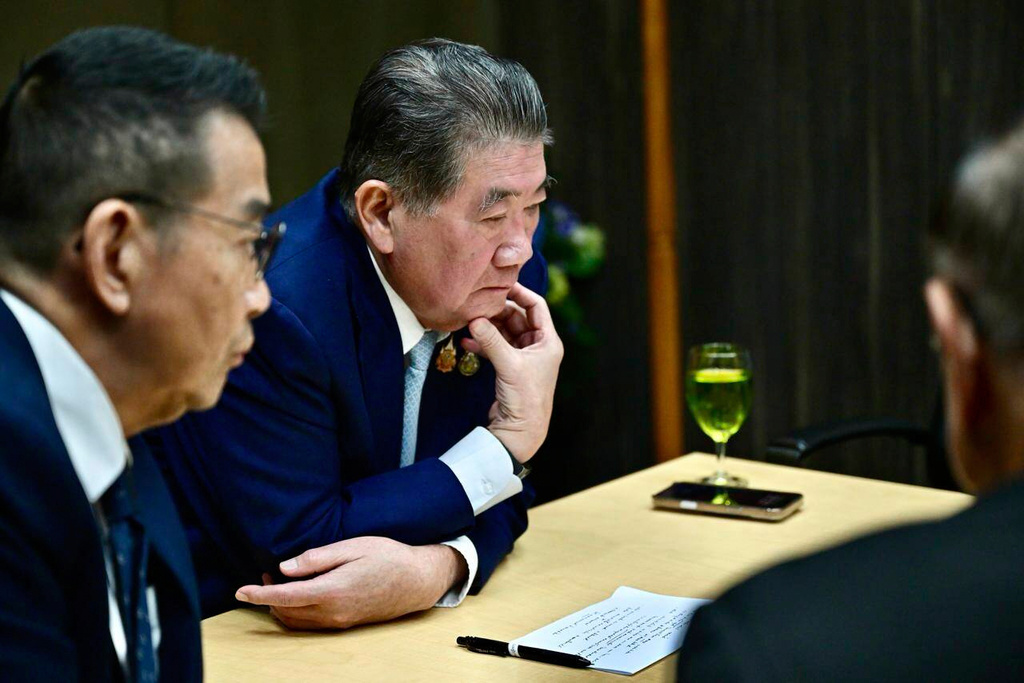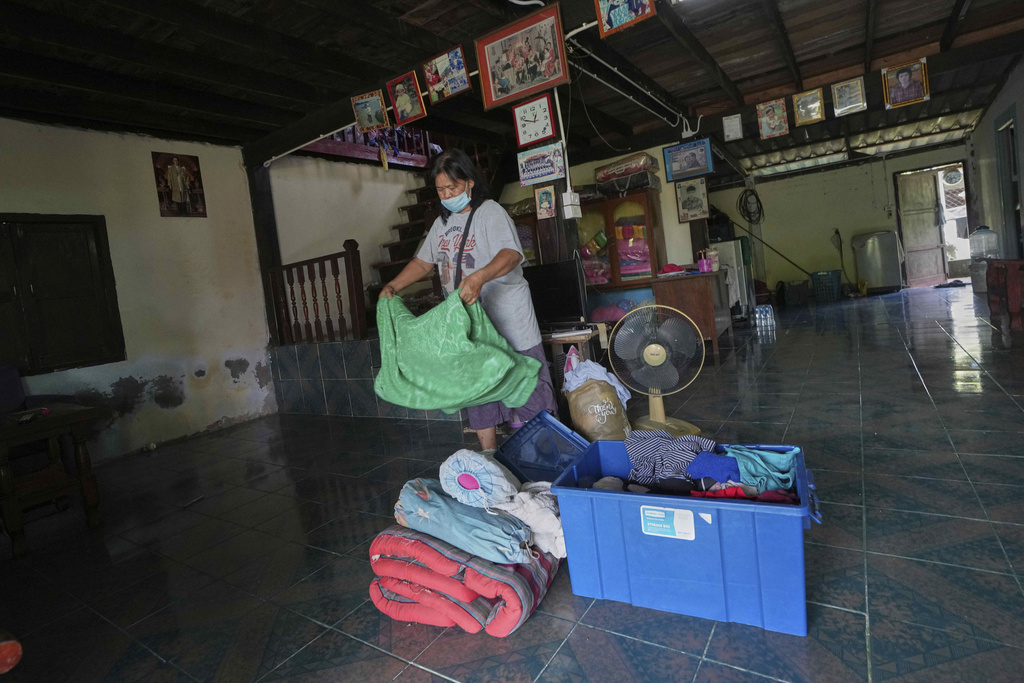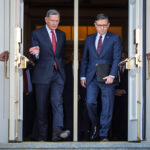Thailand-Cambodia Ceasefire Holds Amid Border Tensions \ Newslooks \ Washington DC \ Mary Sidiqi \ Evening Edition \ A fragile ceasefire between Thailand and Cambodia remains in effect despite accusations of renewed border clashes. The truce, brokered under Malaysian and U.S. pressure, came after deadly fighting and looming American trade tariffs. While some displaced residents are returning, many remain skeptical peace will last.

Quick Looks
- Ceasefire reached in Malaysia took effect Monday at midnight, but was tested within hours.
- Thailand accused Cambodia of renewed attacks; Cambodia denied any violations.
- U.S. pressure tied to looming 36% trade tariffs influenced both sides.
- Trump and Secretary Rubio praised the agreement, offering U.S. support for monitoring.
- Skirmishes reported into Wednesday; no heavy artillery used, per Thai army.
- Army leaders from both sides met to prevent escalation ahead of Aug. 4 border talks.
- Residents along the border remain fearful despite signs of calm.
- Cambodia and Thailand both suffered under Trump-era tariffs, prompting urgent diplomacy.
- Cambodian and Thai leaders received congratulatory calls from Trump.
- Analysts say the truce is shaky and deeper border disputes remain unresolved.
Deep Look
Ceasefire Between Thailand and Cambodia Holds Tentatively as U.S. Trade Pressure Pushes Rivals Toward De-Escalation
A tense and fragile ceasefire between Thailand and Cambodia remained intact Tuesday, despite accusations of renewed skirmishes just hours after the truce officially took effect. The agreement, reached in Malaysia under mounting economic pressure from the United States, has brought temporary calm following days of deadly clashes near their long-disputed border.
The ceasefire, signed late Monday by Cambodian Prime Minister Hun Manet and Thailand’s acting Prime Minister Phumtham Wechayachai, was scheduled to begin at midnight local time. But by dawn Tuesday, the Thai military reported multiple Cambodian attacks, specifically in the Phu Makhuea region near Thailand’s Sisaket province. Cambodia swiftly denied any violations, saying no gunfire occurred in any disputed zone.
Despite initial fears of a breakdown, Thai officials later stated that the clashes involved limited exchanges of gunfire, without the use of heavy artillery, and were contained after border commanders met to de-escalate the situation.
Army Commanders Agree to Hold the Line
Both nations’ field commanders agreed to suspend troop movements and form coordinating teams in preparation for a joint border committee meeting set for August 4 in Cambodia. Thai army spokesperson Major Gen. Winthai Suvaree said the goal is to prevent renewed escalation while diplomatic efforts continue.
Cambodian Defense Minister Tea Seiha echoed the sentiment, stating that Cambodia remained committed to the truce and would lead a diplomatic and military observer mission to monitor compliance.
Yet tensions simmered, with Thailand formally complaining to Malaysia, the United States, and China about alleged ceasefire breaches.
U.S. Economic Pressure: The Game-Changer
The truce came amid high-stakes pressure from the United States, which is set to finalize 36% tariffs on imports from Thailand and Cambodia this Friday. Both nations have been reeling from earlier rounds of Trump-era trade measures.
U.S. Secretary of State Marco Rubio praised the ceasefire as a vital move and warned that failure to comply could jeopardize pending trade negotiations. Former President Donald Trump personally called both Hun Manet and Phumtham to offer congratulations and reaffirm U.S. support for monitoring the peace. Trump also linked the truce to potential tariff relief for Thai exports.
“President Trump told me he would work to make our tariff deal as favorable as possible,” Phumtham said after returning to Bangkok.
Border Residents Remain Wary
Though fighting has subsided, residents along the 800-kilometer border remain on edge. The recent conflict began after a land mine explosion wounded five Thai soldiers Thursday. Tensions have escalated since May, when a Cambodian soldier was killed, further straining bilateral ties and inflaming political rhetoric in both capitals.
More than 260,000 people were displaced at the height of the fighting. Many began returning home Tuesday, cautiously optimistic but far from reassured.
“I’m still afraid it will break out again,” said Soklang Slay, a father helping his family move back into their home in Cambodia’s Oddar Meanchey province, where artillery shells had once fallen daily. “Thailand provokes the fighting but then blames Cambodia. They want our temples.”
In Thailand’s Surin province, village chief Kritsada Jindasri described hearing gunfire just before the ceasefire deadline. “It went quiet after midnight, but we don’t trust it yet,” he said.
His brother Jirayu, who fled to a relative’s house during the conflict, returned home but admitted, “If it breaks out again, I’ll have to leave.”
Expert Opinions: Ceasefire Seen as Temporary Fix
Political analysts warn the truce, while welcome, remains tenuous and highly conditional.
Kokthay Eng, a Cambodian scholar of regional politics, credited the U.S. and Trump’s “strongman diplomacy” with compelling both governments to halt hostilities. But he warned that economic incentives alone can’t ensure lasting peace.
“Unless the underlying border disputes are resolved and a permanent framework is established, the ceasefire is vulnerable,” he said.
Bridget Welsh, an expert on Southeast Asian politics, added: “This truce has paused the violence, but not addressed the roots. A thorough, impartial border survey must begin immediately. Otherwise, this could unravel fast.”
As the August 4 border talks approach, both countries remain under intense international scrutiny. With U.S. tariffs hanging in the balance, the next few weeks may determine whether the ceasefire holds—or collapses under pressure.
Thailand-Cambodia Ceasefire Holds







